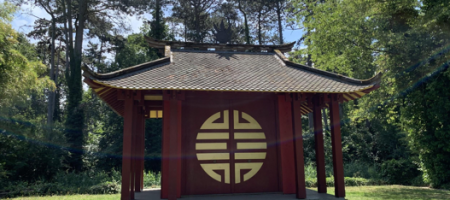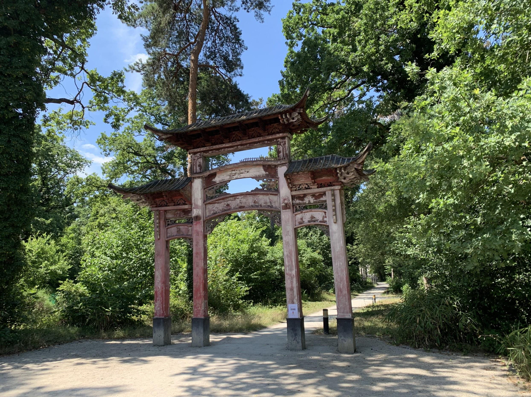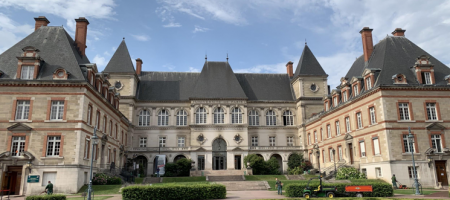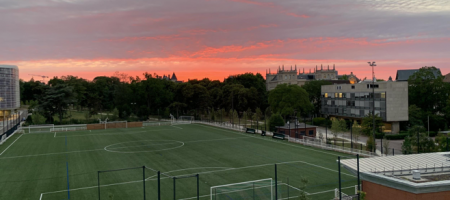France | Visiting the Immigration Museum
By Jason Vu
A major theme discussed throughout our program was the issue of immigration in France. While we may often think of France as being a homogenous state, the reality is that France is incredibly diverse! To learn more about the country’s diverse population, our class went on an excursion to the “Cite nationale de l’histoire de l’immigration” (National Museum of Immigration History) at Palais de la Porte Dorée.

Entrance to the Cite nationale de l’histoire de l’immigration
Founded in April 2007, this mueum tells the story of how people from around the world established communities in France and the history behind their migration. This site was especially interesting for me because there was no other place in Paris that talked about immigration. Plenty of museums were about Asian and African history, but only this one talked about how these populations ended up in France.
Our class met up in the afternoon and began our visit with a brief lecture by Prof. Behdad. Speaking on the history of the museum, Prof. Behdad encouraged us to focus on key exhibits that caught our interest and note them for our post-visit discussion. With only a limited amount of time, we quickly made our way to begin the visit.

Prof. Behdad gives an introductory lecture on the Museum before we explore.
The first exhibit introduced us to France’s long history of cultural encounter and colonization with other parts of the world. On the way to the main exhibits, I noticed a mural depicting some of these relations through trade with what looked like Vietnames merchants. This caught my attention since I could see a part of my own heritage intersecting with the reality of French history. In some ways, this museum would show me a little more about my own identity as well.

Part of the Forum Frescoes depicting colonial interactions between France and Vietnam.
While exploring, I was struck by one part of the museum titled “Diversity”. The exhibit showcased all kinds of cultural objects that looked like they were from all over the world. In reality, however, these items came from local communities around Paris. Featured items included Japanese masks, red lanterns, and African statues, all of which could be found around the streets of Paris, including in Chinatown.

A small portion of the “Diversity” exhibit.
The last part of the exhibits I could make it to was a temporary exhibition titled “Paris-London: Music Migrations”. The theme of the exhibition was not only how music had been changed in recent decades due to immigration, but also how that music was used to convey political messages as well. Influential songs were played through headphones alongside videos of the protests where they were performed. At the top of the exhibit were banners that said “HATE RACISM LOVE MUSIC”. These sights really caught my attention and brought to mind the Civil Rights Movement in the US. Far from being a solely American phenomena, this exhibit showed me that the fight for equity and justice was something truly global, making it very important to my studies in the program.

Temporary exhibition titled “Paris-London: Music Migrations”.
We concluded our visit with a discussion facilitated by our TA Mariam. It was great listening to everyone share what they thought was interesting about the Museum and getting responses to my own observations. If you’re ever in Paris, I’d highly recommend going to this museum! It may be a little out of the way, but there truly is no place like it in the entire city.
Jason studied abroad in France in Summer 2019. https://ieo.ucla.edu/travelstudy/GlobalStudies-France/


























